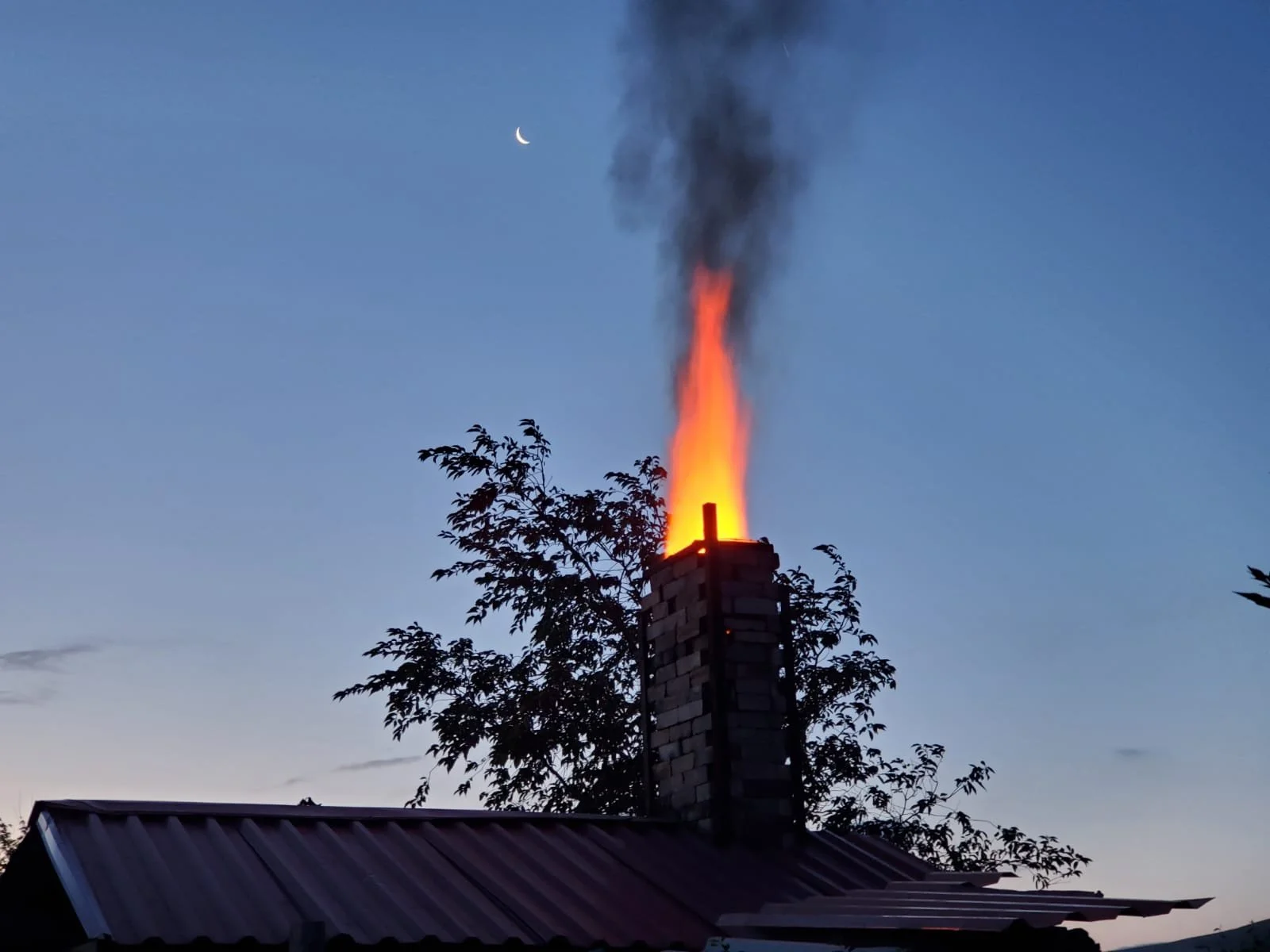
Augmented by Fire
My work draws on many inspirations, from traditional medieval forms to contemporary ceramics alike. I choose to wood-fire my work in a cross-draught tunnel kiln, similar to a Japanese anagama. This style of kiln allows for maximum wood ash to be deposited on the work throughout the 48 hour firing. There is no barrier between the fire and the pots. The ash that is deposited on the work melts to form an emerald green glass on areas of bare clay, or melds into glazes to enhance them, often creating effects that are surprising and unique.
I choose to use simple glazes with few ingredients, some of which contain local materials such as dug clay, iron oxide, or wood ash from our stove. My decoration of pots is fairly minimal. I like to leave that job up to the flame as it carves it’s path through the ware-chamber over the course of the firing, twisting and turning past the shoulders of pots, squeezing though the gaps to find the chimney exit. This intense firing process leaves evidence of the flames journey seared into the surface of the pots forever, frozen in time. Each piece is truly unique, a documentation of an event most dramatic.
Despite the highly laborious process of wood firing, from splitting and stacking of wood, to stoking the kiln continually for multiple days and nights, I am hooked on the results that the process yields. I feel that every pot has a part of my soul in it. Each piece of wood delivered to the kiln represents a transfer of energy from the maker into the work itself. It is a true labour of love.

Augmented by Fire
My work draws on many inspirations, from traditional medieval forms to contemporary ceramics alike. I choose to wood-fire my work in a cross-draught tunnel kiln, similar to a Japanese anagama. This style of kiln allows for maximum wood ash to be deposited on the work throughout the 48 hour firing. There is no barrier between the fire and the pots. the ash that is deposited on the pots melts to form an emerald green glass on areas of bare clay, or melds into glazes to enhance them, often creating effects that are surprising and unique.
I choose to use simple glazes with few ingredients, many of which contain local materials such as dug clay, iron oxide, or wood ash from our stove. My decoration of pots is fairly minimal. I like to leave that job up to the flame as it carves it’s path through the ware-chamber over the course of the firing, twisting and turning past the shoulders of pots, squeezing though the gaps to find the chimney exit. This labour intensive firing process leaves evidence of the flames journey seared into the surface of the pots forever, frozen in time. Each piece is truly unique, a documentation of an event most dramatic.
Despite the highly laborious process of wood firing, from splitting and stacking many tonnes of wood, to stoking the kiln continually for multiple days and nights, I am fully hooked on the results that the process yields. I feel that every pot has a part of my soul in it. Each piece of wood delivered to the kiln represents a transfer of energy from the maker into the work itself. It is a true labour of love.